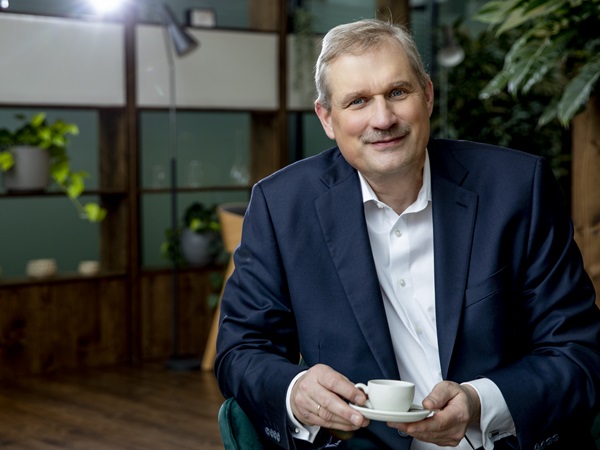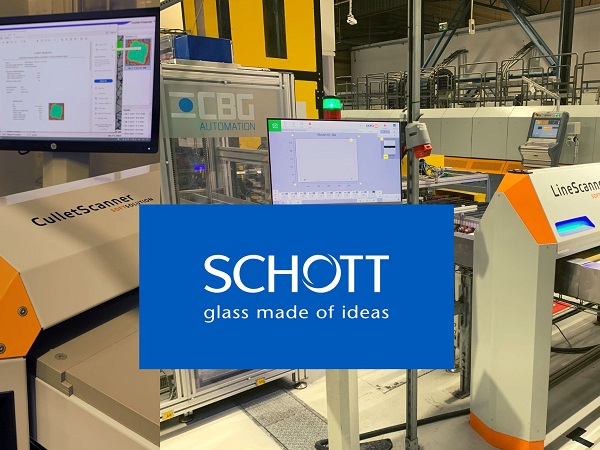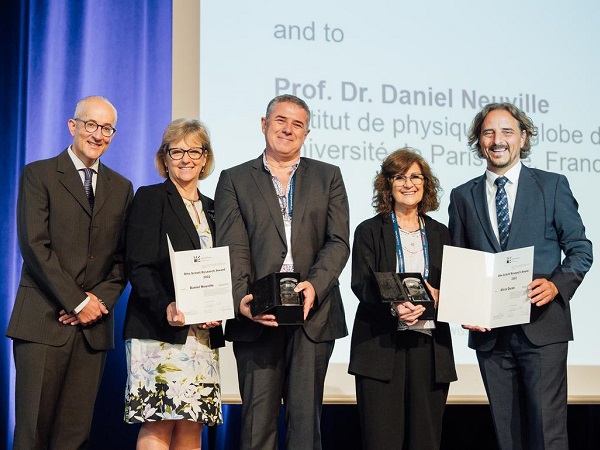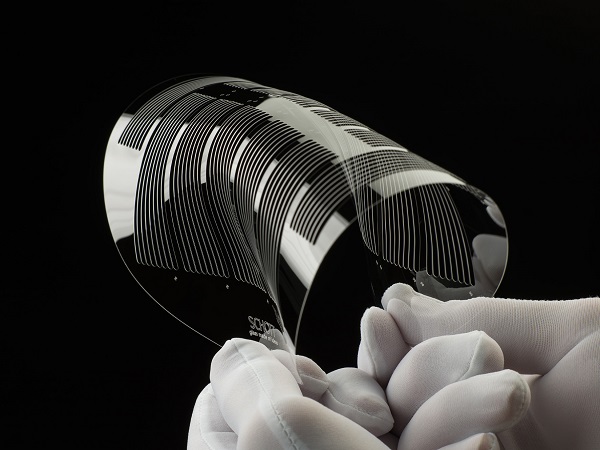Date: 2 November 2001
This will involve partners from industry and science with complementary qualifications. The technology concern Schott is contributing its know-how in thin glass substrates, lighting, large surface coating processes, encapsulating processes, analysis and measurement. The project is receiving financial sponsorship from the Rhineland Palatinate Economics Ministry through the Rhineland Palatinate Investment and Structure Bank (ISB).
Early in 2002 a 600 square meter clean room laboratory with the most advanced infrastructure is to be officially opened on the IBM site in Mainz. It will eventually house a team of 20 scientists and experts with the technological resources for large-surface OLED components. The project, which will cost several million euros, is scheduled to take three years and will provide the basis for subsequent manufacture on a pilot scale.
An OLED comprises a substrate, a transparent electrode, thin organic layers only nanometers thick and a counter-electrode. The diodes rely on what is known as (injection) electro luminescence to operate. This involves applying an electrical voltage to the electrodes to transmit light to the organic layers, eg. polymer layers.
Formerly the attraction of organic light diodes was restricted to display applications. The particular benefits of OLEDs here are properties such as flexibility, low weight, high (energy) efficiency, ideal emission angle and high brightness. There are now more than 100 display manufacturers around the world working intensively on further development.
The starting position of this relatively young technology also holds a lot of promise for the lighting sector: there are currently no companies active in this market segment. Earlier this year the United States Display Consortium (USDC) recognized the subject of OLEDs for lighting applications and included it in its road map. The market volume is estimated at some 100 million euros for the year 2005.







Add new comment